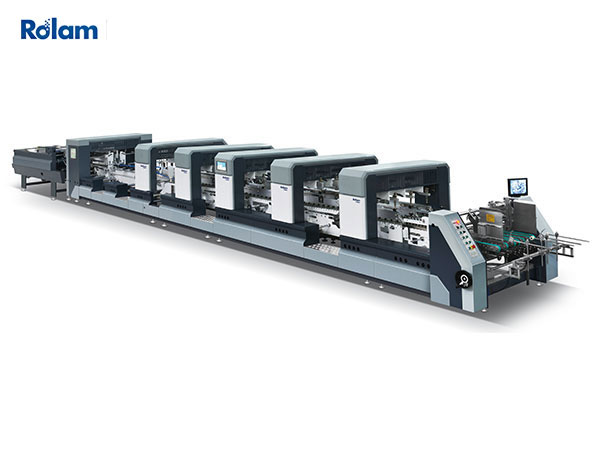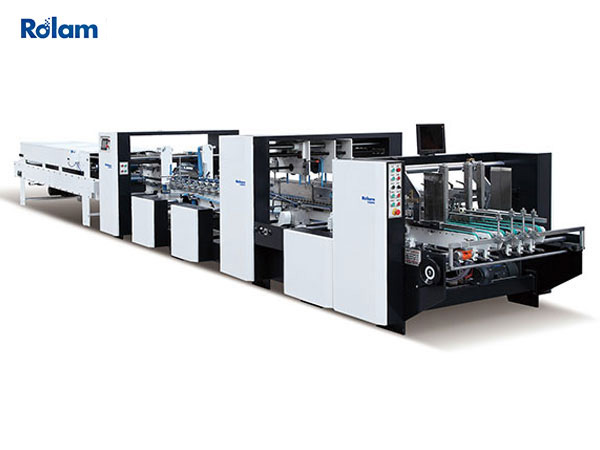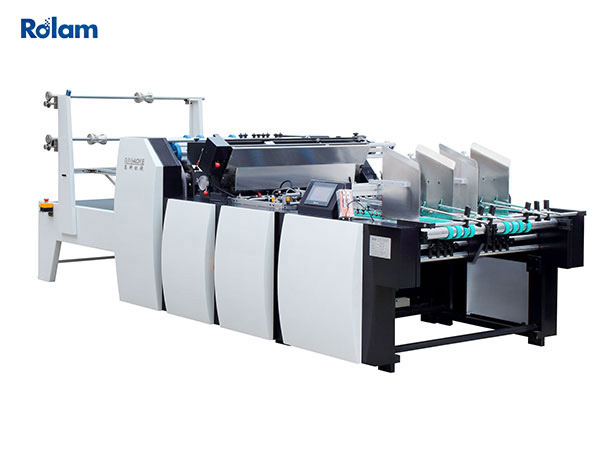Corrugated boxes are widely used for packaging due to their durability, lightness, and cost-effectiveness. However, ensuring high burst strength is essential to protect goods during transportation and storage. This article will explore key strategies for improving the burst strength of corrugated boxes, focusing on materials,corrugating equipment, adhesives (such as folding glue), and optimizing corrugated box making machine processes.
Understanding Burst Strength
Burst strength measures the ability of a box to resist pressure before breaking. It depends on factors such as:
Type of fluting (A, B, C, E, or F)
Paper quality (containerboard and core paper)
Bond strength (inter-layer bonding)
Manufacturing process (correct alignment and pressure of the corrugated box making machine)
1. Choose the right raw materials
High-quality containerboard and core paper
Use higher GSM (grams per square meter) kraft paper for better stiffness.
Double-wall or triple-wall corrugated is more durable than single-wall corrugated.
Optimal Corrugation Combinations
A-type corrugation: Best for cushioning and high stacking strength.
B-type corrugation: Best for printing and puncture resistance.
C-type corrugation: Best for balanced strength in shipping boxes.
Corrugation combinations (such as BC or EB) provide increased burst strength.
2. Enhanced bonding with folding glue
The adhesive used in corrugated boxes is critical to box strength. Folding glue must have the following properties:
Provide a strong bond between the box base and the corrugated core.
Dry quickly to prevent delamination.
Resistant to moisture and maintain strength in wet conditions.
Tips for better gluing:
Ensure the right glue viscosity in the corrugated box making machine.
Maintain a consistent amount of glue to avoid weak spots.
Use starch-based or PVA adhesives for high-strength bonds.
3. Optimize corrugated box equipment
Proper machine calibration
Adjust the corrugated box making machine to apply optimal pressure during the corrugation process.
Ensure precise alignment of liner and core paper to avoid weak seams.
Advanced Corrugating Technology
Preheating rollers improves glue penetration for a stronger bond.
Steam treatment ensures uniform moisture content in the paper, reducing warping.
4. Post-processing
Waxing or waterproof coating
Protects against moisture and maintains burst strength in humid environments.
Reinforced corners
Adding edge protectors or corner reinforcements can improve the durability of the carton.
Conclusion
Improving the burst strength of corrugated boxes requires a combination of high-quality materials, optimized corrugated box equipment, strong folding glue, and precise manufacturing processes. By selecting the right fluting type, improving adhesive application, and fine-tuning the **corrugated box making machine**, manufacturers can produce cartons that withstand higher pressures, ensuring safer transportation and storage.
For companies looking to upgrade their packaging solutions, investing in advanced **corrugated box equipment** and high-performance adhesives are key to achieving superior burst strength.
Do you need recommendations for a specific *corrugated box making machine* or adhesive? Leave a comment in the comments section!



